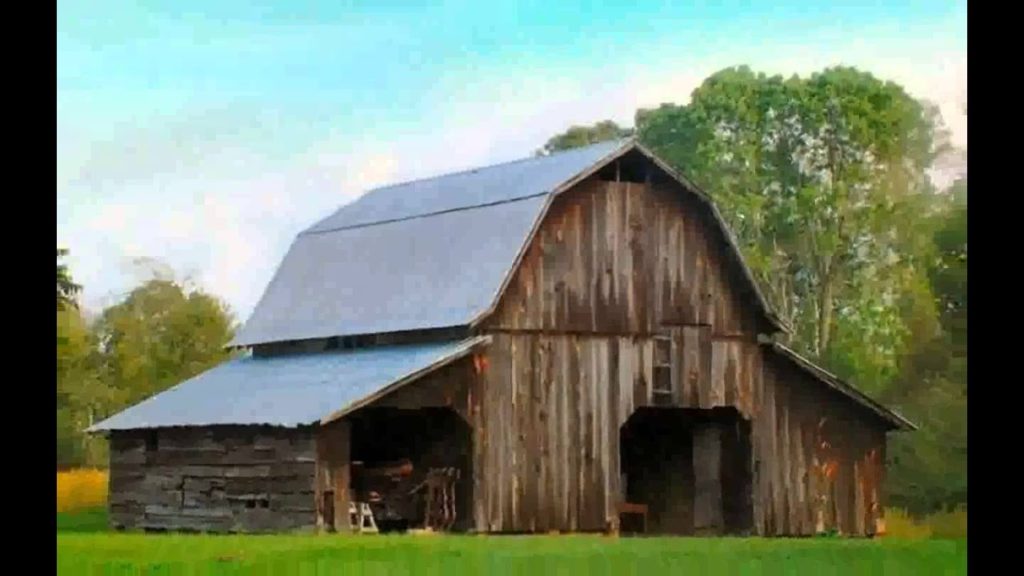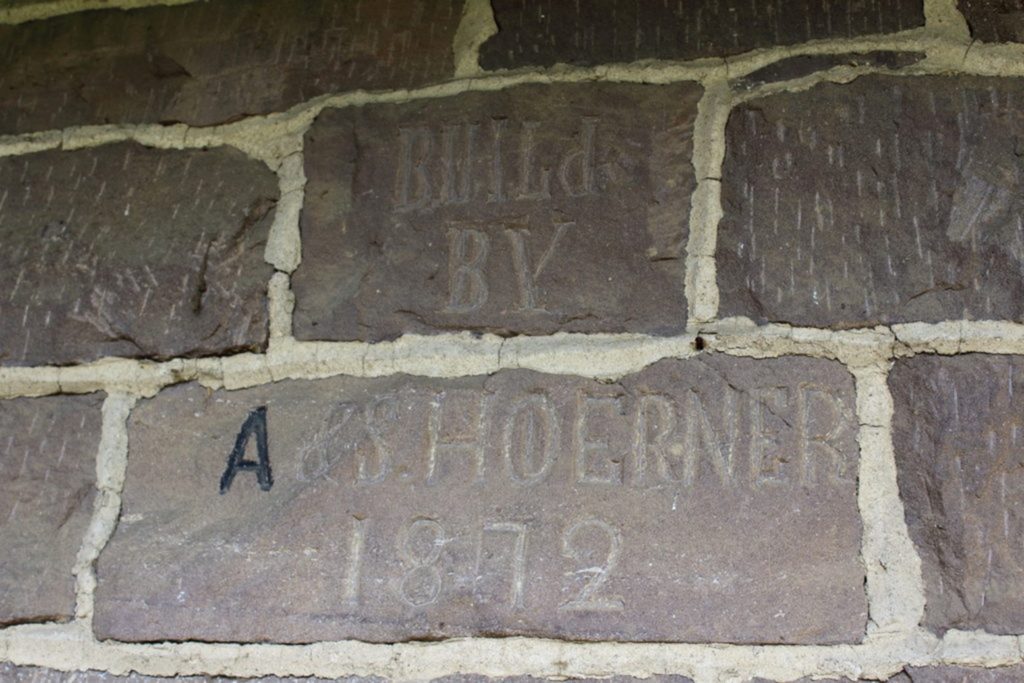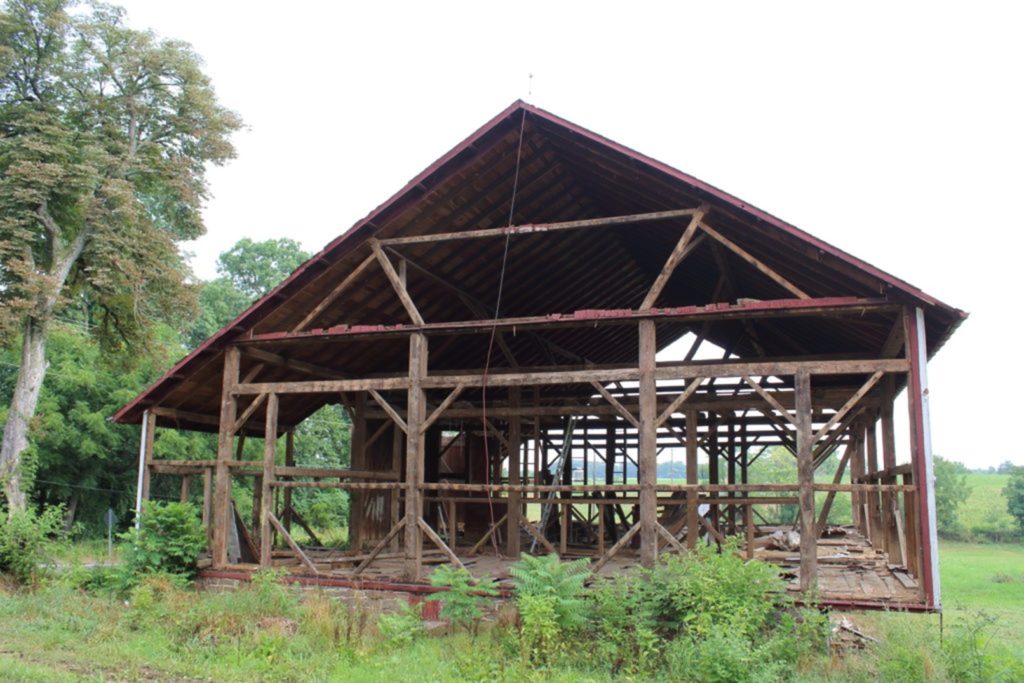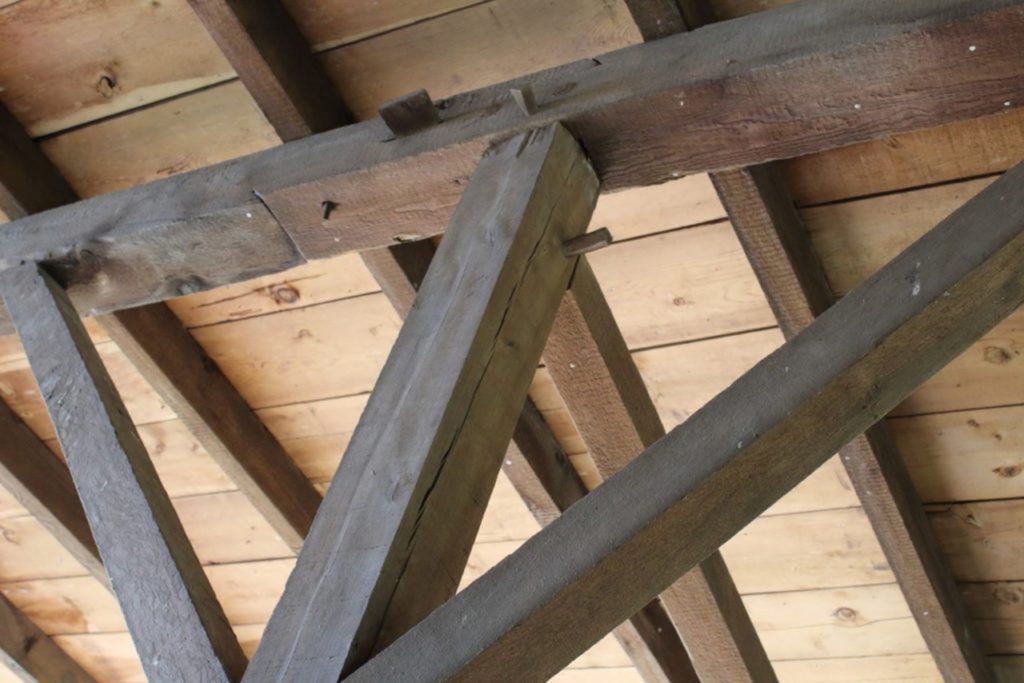
Across the US, farmland barns—many over a century old— still exist in their original form. Historic barns provide a timeless view of the country’s heritage and, depending on their condition and build date, offer barn owners good value in the reclaimed wood market. But how can you figure out the build date, in other words, be able to estimate the age of a barn?
As of now, there is no commonly accepted guideline to pinpoint a barn’s original construction date. But there are several indicators that can help you estimate the construction time frame. Let’s take a look into six signs that help reveal a barn’s birthday.
Barn Age Clue #1: Farm Tax Records
This is the quickest way to find an answer. City and county tax records typically provide the original date that permitted buildings were constructed, which may include barn structures. If a barn was built at the same time as the home, for example, then local records should provide a build date. However, according to Farm and Dairy, early settlers often built log cabins as homesteads and later added barns. So although this is a hit-or-miss approach, you may find the answer in these records.
Barn Age Clue #2: Carved Dates in Barn Structure (Proceed with Caution)
A date scratched into the structure a foundation stone or chiseled into timber may provide a glimpse into a barn’s age. However, this was not a common practice, as early settlers were not concerned about recording a barn raising. They were more focused about providing animal shelter and feed storage than they were about recording building dates.
Some barns will have foundation stones with carved dates (as seen below). Or you may find a date marked on roof slate tiles. But the problem is these dates are often misleading.

A date on a stone might signify an event such as when the barn was changed from a ground barn to a bank barn. Dates on a framing timber could mark the time a barn was moved and then rebuilt. Dated roof slates often indicated the year they were installed, not necessarily when a barn was completed.
Bottom line? If you find an inscribed date, look for supporting evidence that helps verify a construction date.
Barn Age Clue #3: Roof Style
The style of roof can sometimes be a giveaway. For example, barns constructed before the 1860s had gabled roofs with sides that were typically 12 feet high. This style provided enough space to hold the hay a farmer produced locally in the upper chambers. However, evolving cultivation technology made it possible for farmers to store much more hay, so new roofing styles were used to provide added space.
Farmers began adding haystacks and gambrel roofs during the 1880s to accommodate this need. To this day, you’ll find a gambrel roof on many farms. In fact, the gambrel roof became the inspiration for barn-style roofs used in home construction.
Barn Age Clue #4: Barn Frame

A look at a barn’s frame can also help you determine its age. Barn framing has evolved over the centuries, making it a good estimator of age.
The earliest US barns were built with an abundance of stabilizing structures in their framing. Interestingly, this approach can be found in more modern styles as well. The oldest barns during this era had numerous interior support beams and sturdy connectors (called purlins) along with multiple joists and tie beams along exterior walls. They all kept the roof from caving in, but took up a lot of valuable inside space.
During the late 1800s, farmers began to modify barns to accommodate more hay by removing purlins and making other modifications to develop structural rigidity. These changes can shed light on when a barn was built.
Barn Age Clue #5: Barn Nails
The nails used to build a barn also offer clues to its age. Over the last three hundred years, changes in technology and metallurgy—and a move to mass production of nails—have changed the appearance and material makeup of these fasteners.
For example, examining a barn’s nail heads can help narrow down its construction date. Over the years barns have been built using three distinct nail types:
Barn Age Clue #6: Barn Timbers
You can also estimate the original barn construction date by inspecting cut marks left on its timbers during construction. The tools used to cut timber evolved over the years, and each device that was used will leave a unique imprint on wood (unless it has been sanded to smooth the surface).

Restoration experts suggest that you inspect barn timber marks closely—even with a magnifying glass—to get a close look at details that can reveal a barn’s origination date. The typical cutting tools used over the past 300 years have included the following:
Now you are ready to go out and get a rough idea of how old a barn is! If you want to see the various barn styles that were built over the years, check out this post.
(By the way, if you own a barn that is still standing or even in disrepair and and want it removed, companies like Modern Timber Craft have the expertise to safely remove the structure and provide you with a return.)